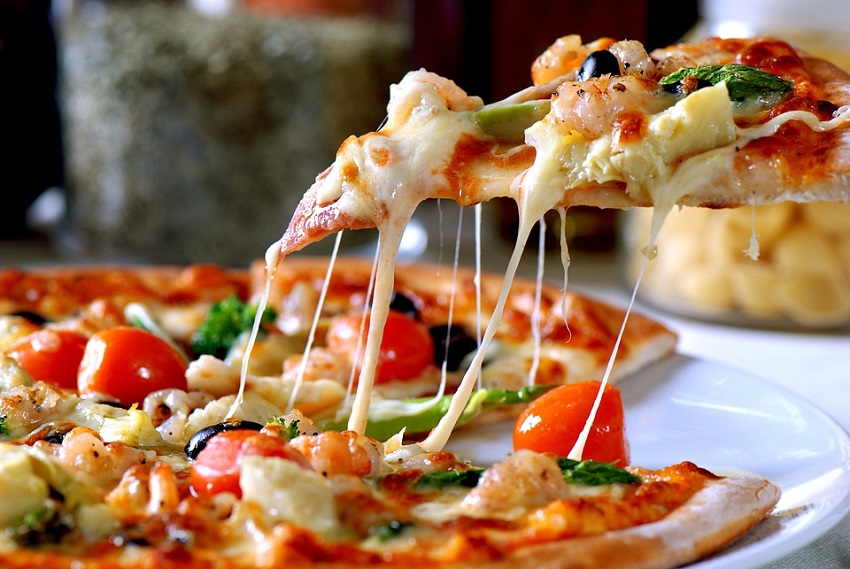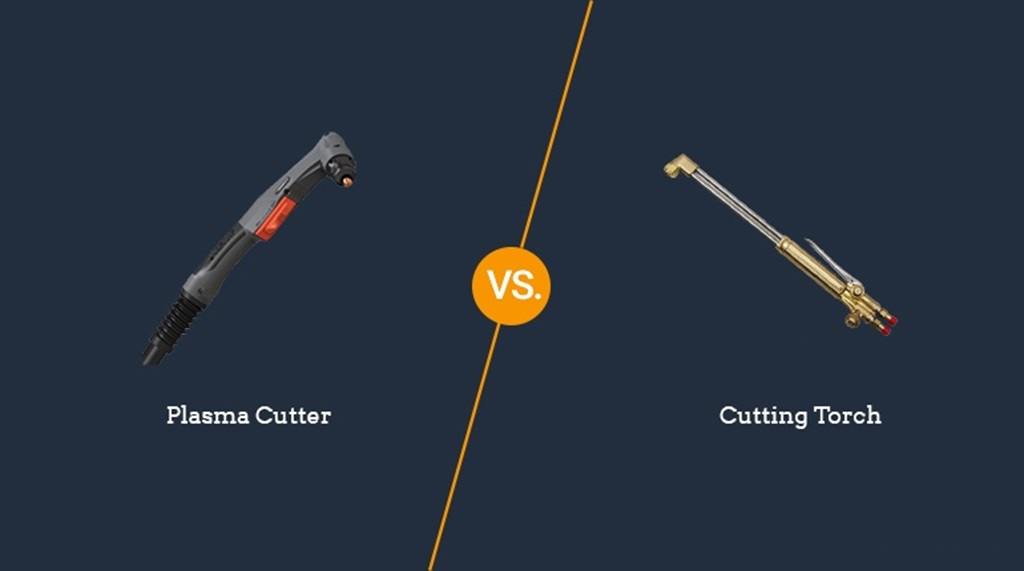Pizza, the beloved dish that originated in Italy, has become a global sensation. Its mouthwatering combination of crispy crust, rich tomato sauce, melted cheese, and a myriad of delectable toppings has captured the hearts (and taste buds) of people worldwide. However, a lingering question remains – is pizza healthy or not? In this comprehensive article, we will delve into the various aspects of pizza’s nutritional value, health benefits, and potential drawbacks. So, grab a slice, and let’s explore the world of pizza with a health-conscious lens. This article is provided by smartpastamaker.com
The Nutritional Components of Pizza
1. The Foundation: The Crust
The foundation of any pizza is its crust. Traditional pizza crust is typically made from wheat flour, water, yeast, and salt. Some variations might incorporate additional ingredients like olive oil or herbs for added flavor. The nutritional content of the crust largely depends on the type and thickness.
Whole-grain crusts offer more dietary fiber, vitamins, and minerals compared to their refined flour counterparts. The fiber content aids in digestion and helps regulate blood sugar levels, making whole-grain crusts a healthier option. Explore the battle of pasta vs pizza.
2. The Essence: The Tomato Sauce
Tomato sauce forms the essence of pizza, providing a tangy and savory flavor profile. Tomatoes are a rich source of antioxidants, particularly lycopene, which has been linked to various health benefits, including reducing the risk of certain cancers and heart disease.
However, some commercial pizza sauces may contain added sugars and high sodium levels, which could be a concern for those watching their sugar and salt intake. Opting for homemade or low-sodium tomato sauce can mitigate these potential drawbacks.
3. The Indulgence: The Cheese
Cheese is undoubtedly one of the most indulgent and beloved components of pizza. It adds creaminess and a burst of flavor to every bite. However, cheese is also high in saturated fats and calories.
Moderation is key when it comes to cheese consumption, especially for individuals mindful of their cholesterol levels and overall calorie intake. Choosing lighter cheese options like part-skim mozzarella or plant-based alternatives can make pizza a healthier choice.
4. The Toppings: A World of Choices
The toppings on pizza provide endless possibilities, catering to diverse tastes and dietary preferences. From classic pepperoni to vibrant veggies, the choice of toppings significantly impacts the overall nutritional value.
Opting for a variety of colorful vegetables as toppings can enhance the nutrient density of the pizza, providing essential vitamins, minerals, and antioxidants. Lean protein choices, such as grilled chicken or tofu, can be incorporated for those seeking a protein-packed option.
The Health Benefits of Pizza
1. Balanced Nutrition
When crafted thoughtfully with wholesome ingredients, pizza can offer a balanced combination of carbohydrates, proteins, fats, and essential nutrients. The synergy of these components contributes to the body’s overall well-being.
2. Source of Antioxidants
As mentioned earlier, pizza’s tomato sauce contains lycopene, a powerful antioxidant known for its ability to combat oxidative stress and inflammation in the body.
3. Social and Emotional Benefits
Pizza has an undeniable social aspect that brings people together. Sharing a pizza with friends or family can create cherished memories and foster a sense of connection and belonging.
4. Customizability
The beauty of pizza lies in its customizability. Whether you’re a meat lover, vegetarian, or vegan, you can tailor the toppings to suit your dietary preferences, making it a versatile meal option for various lifestyles.
The Caveats: Potential Drawbacks of Pizza
1. High Caloric Content
Despite its deliciousness, pizza can be calorically dense, primarily due to the cheese and crust. Consuming large portions of pizza regularly may contribute to weight gain.
2. Sodium and Saturated Fats
Certain types of pizza, especially those loaded with processed meats and excessive cheese, can be high in sodium and saturated fats. These elements can impact heart health and blood pressure when consumed in excess.
3. Refined Flour Crusts
Pizzas made with refined flour crusts lack the fiber and essential nutrients present in whole-grain alternatives. Frequent consumption of such pizzas may lead to blood sugar spikes and provide less nutritional value.
The Art of Enjoying Pizza Mindfully
Pizza can indeed be part of a balanced diet when enjoyed mindfully. Here are some tips to savor your pizza while being health-conscious:
- Choose Whole-Grain Crusts: Opt for pizzas with whole-grain crusts for added fiber and nutrients.
- Load Up on Veggies: Pile your pizza high with colorful vegetables to boost its nutritional content.
- Go Light on Cheese: Use cheese sparingly or choose lighter options to reduce calorie and saturated fat intake.
- Limit Processed Meats: Minimize the consumption of processed meats like pepperoni and sausage, which are high in sodium and preservatives.
- Practice Moderation: Enjoy pizza in moderation and balance it with other nutrient-dense meals throughout the week.
In conclusion, pizza can be a part of a healthy lifestyle when approached with mindfulness and balance. By choosing wholesome ingredients, being mindful of portion sizes, and customizing toppings to suit individual preferences, pizza can be both a delicious and nutritious option. So, the next time you indulge in a slice of pizza, savor the flavors while keeping your health in mind.




